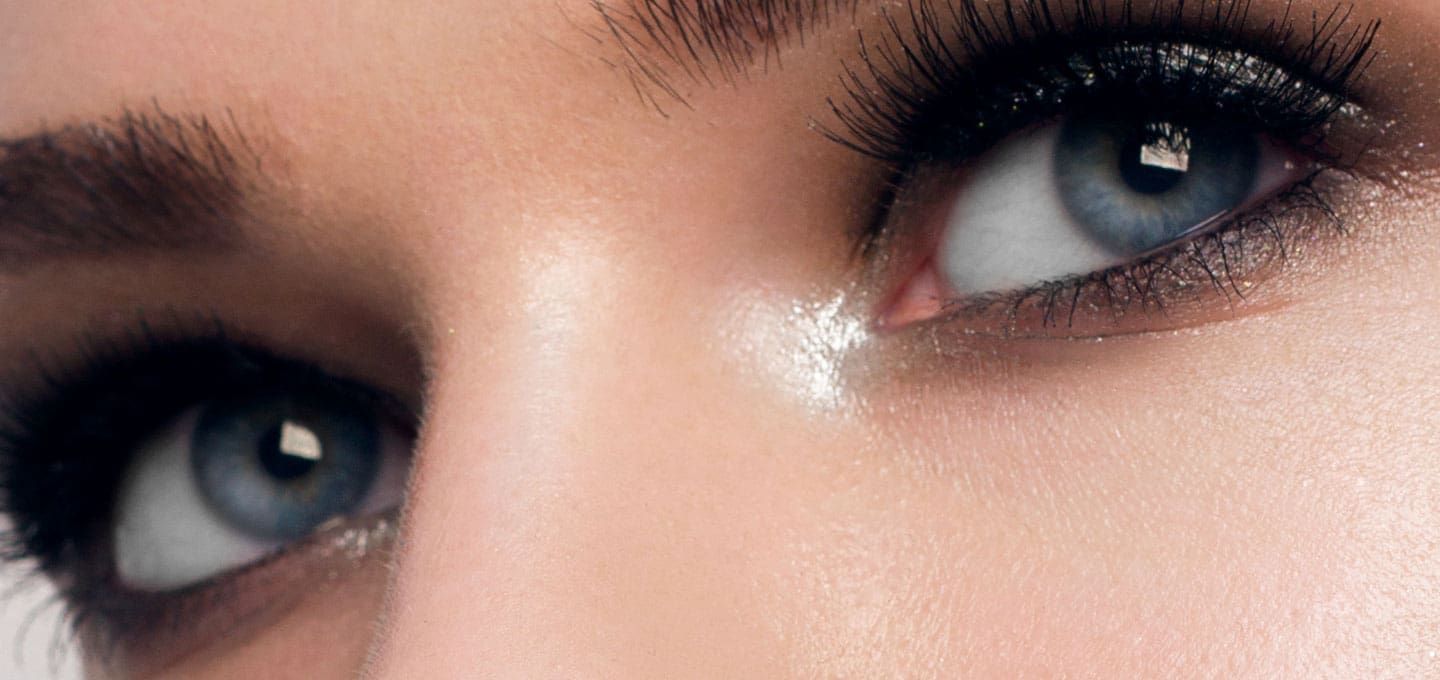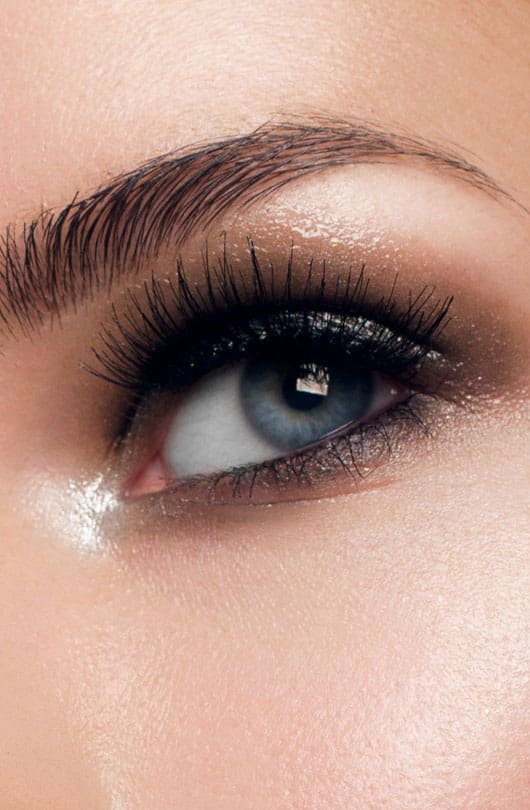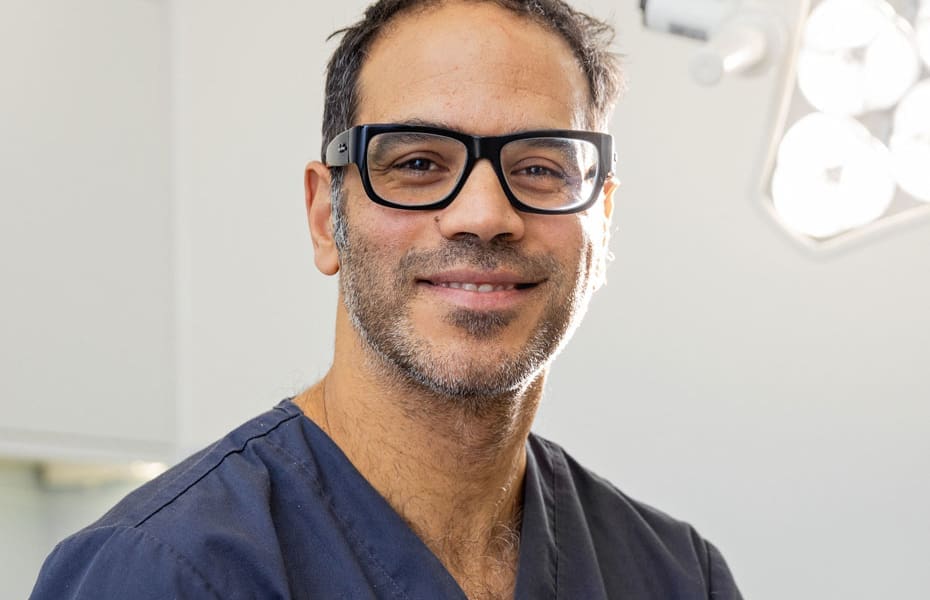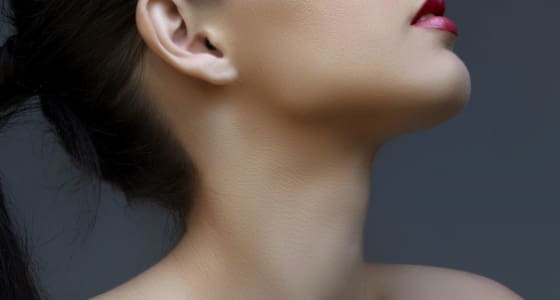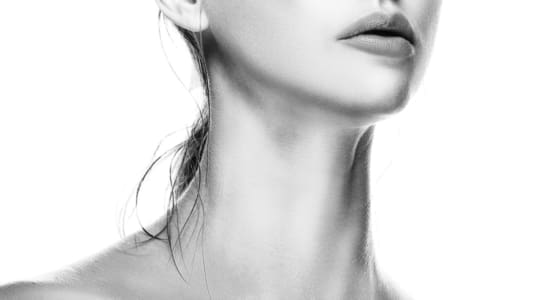The primary cause of eyebags is often related to the ageing process and familial traits. As individuals age, the skin loses elasticity, and the muscles responsible for lifting the eyelids weaken. Additionally, the connective tissues that support the eyelids may stretch, contributing to the drooping effect. In some cases, drooping of the eyelids may be congenital or result from factors such as nerve damage, trauma, or certain medical conditions.
Eye bags can also be contributed to by a low or fallen brow, as both conditions share similar contributing factors related to ageing and tissue laxity. The descent of the brow occurs as the forehead and brow tissues lose tone and strength, allowing the upper eyelids to drop downwards.
Eye bags can have a noticeable impact on facial appearance. In addition to potentially obstructing vision in severe cases, eye bags can give the face a tired, aged, or constantly fatigued appearance. The eyes may appear smaller, and the natural contour of the eyelid may be obscured. These changes can affect overall facial symmetry and harmony.
Beyond the functional aspects, the aesthetic impact of eye bags may influence an individual’s self-esteem and confidence. The eyes are a focal point of facial expression, and alterations in their appearance can contribute to a perception of ageing that may not align with one’s self-image.
Correcting eyebags usually involves surgical intervention known as blepharoplasty. This procedure aims to remove excess skin and fat, tighten muscles, and restore a more youthful and rejuvenated appearance to the eyes and face. While surgery can effectively address the physical characteristics of droopy eyelids, individuals considering this option should carefully consider the associated risks and benefits. Consulting with a highly trained, experienced consultant plastic surgeon can provide personalised insights and guidance on the most suitable approach for addressing droopy eyelids and achieving desired facial rejuvenation.
